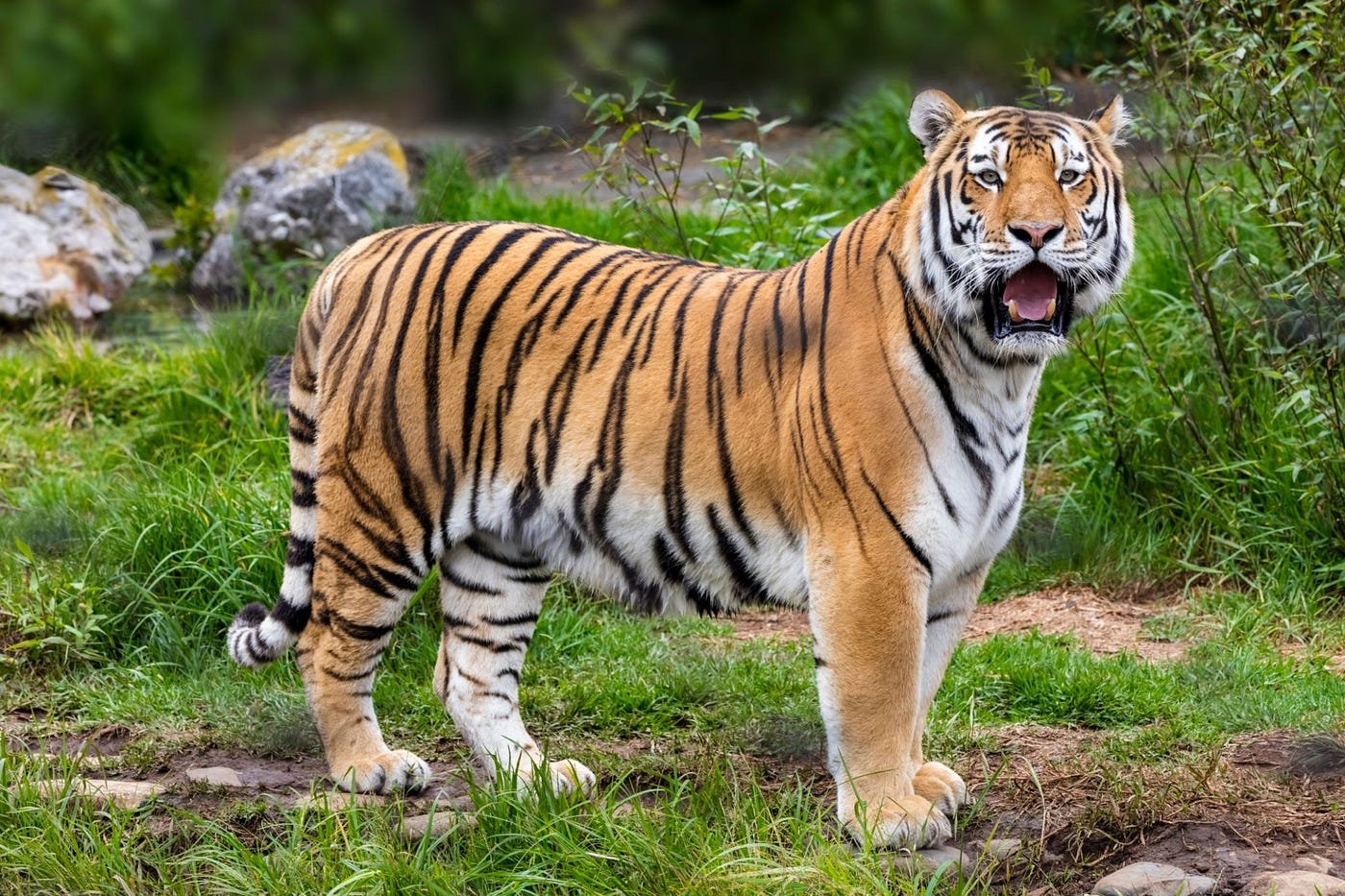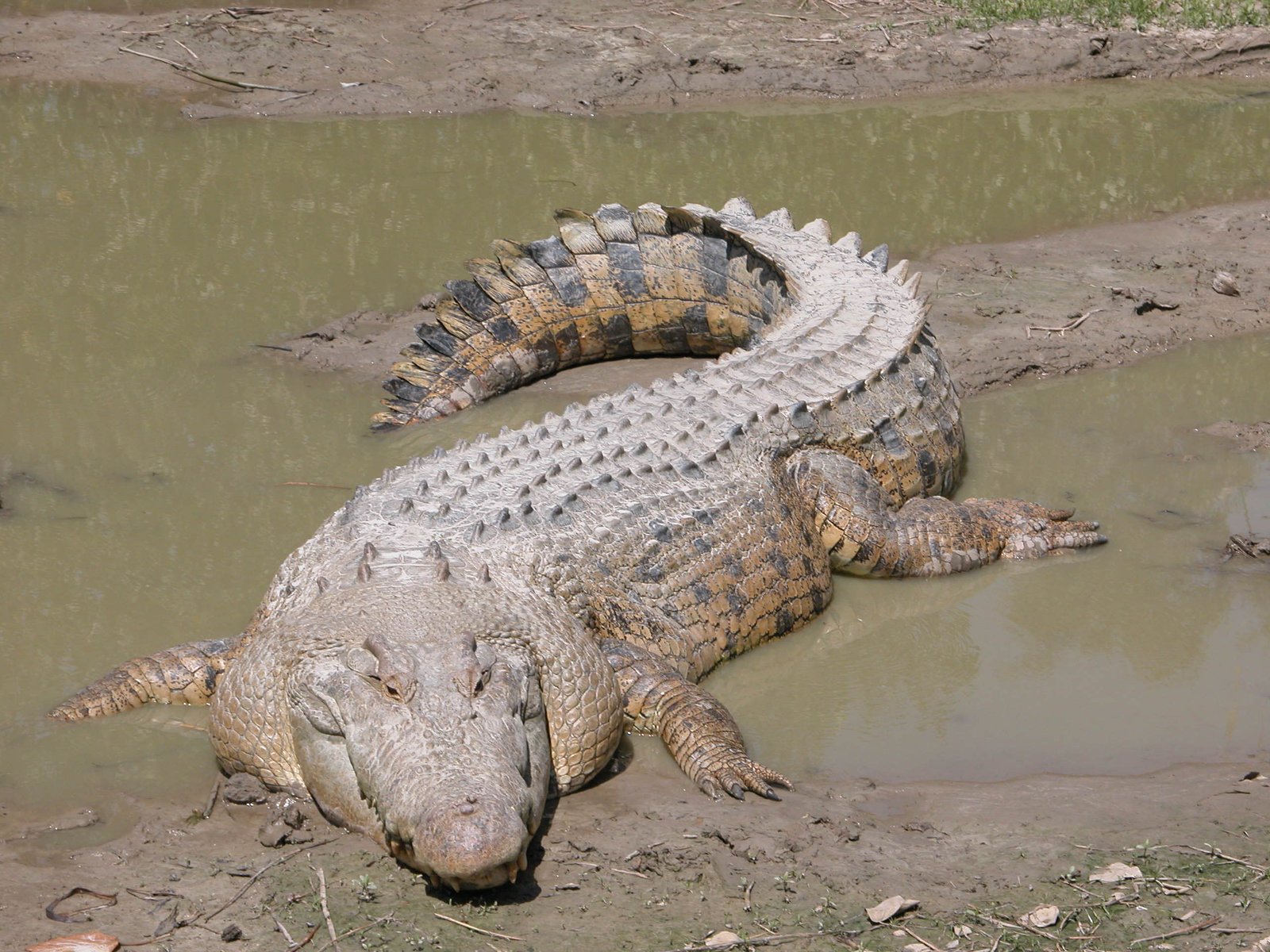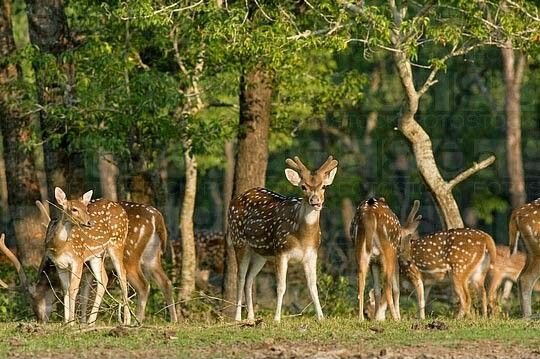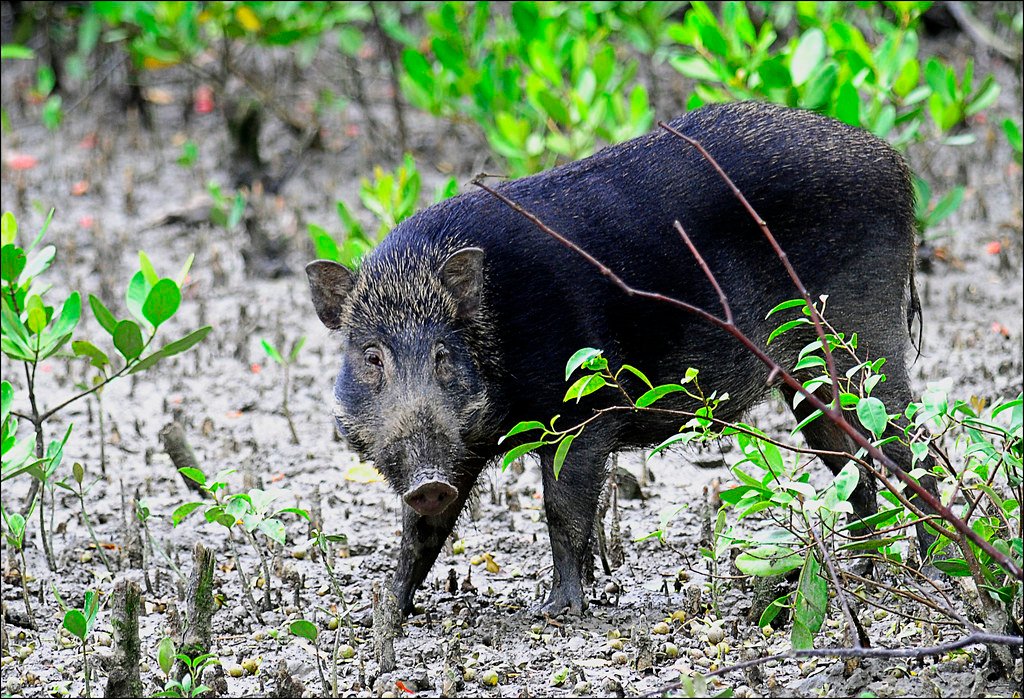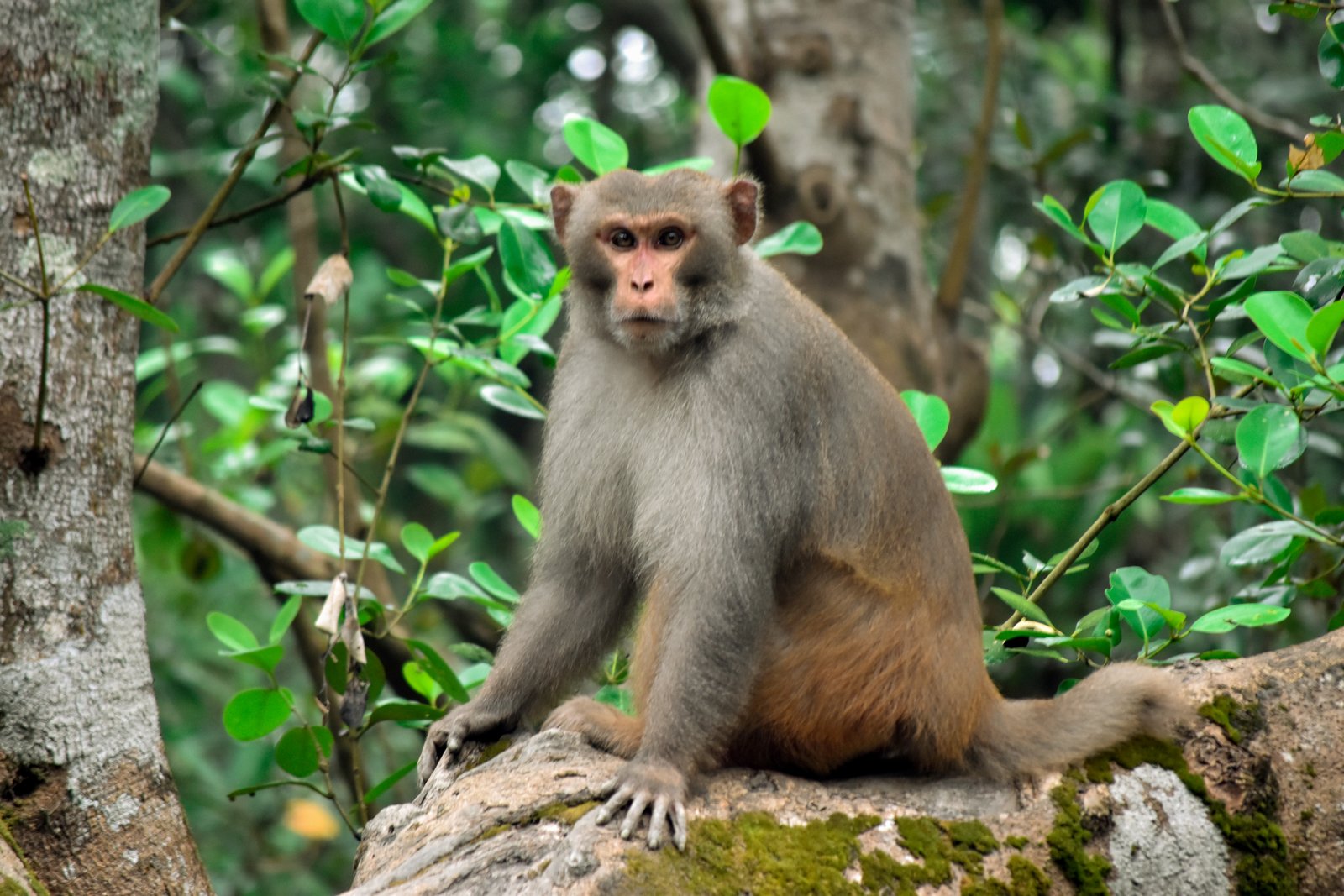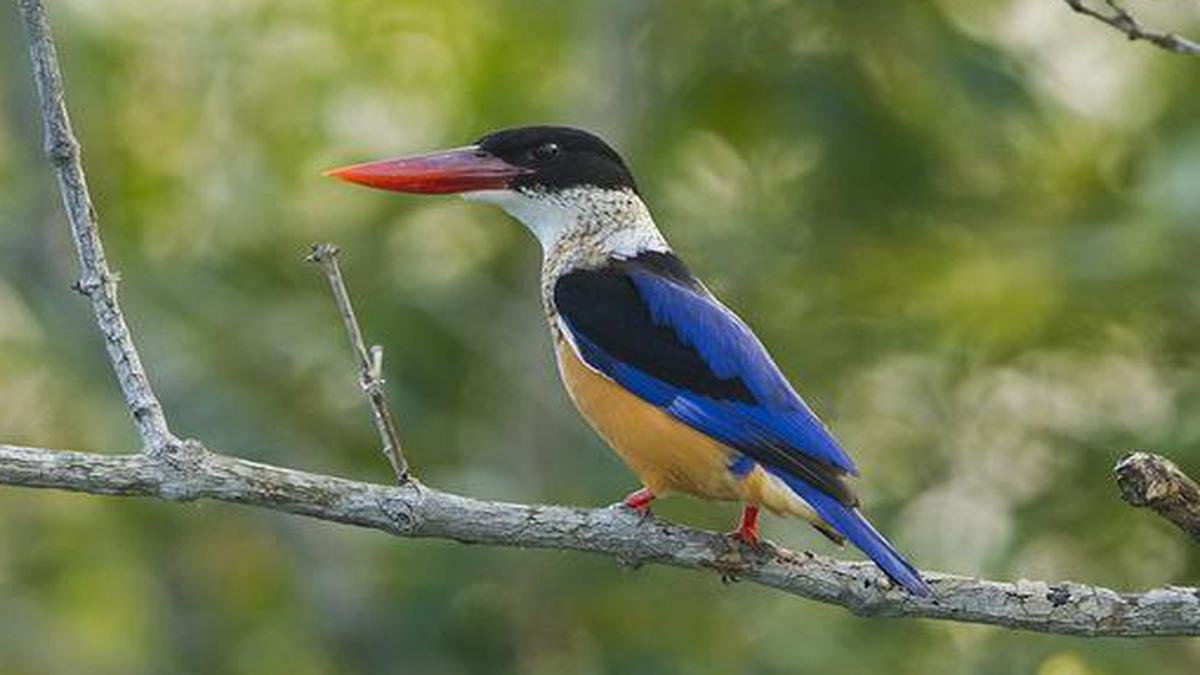Popular Wildlife Animals in
Sundarban National Park
Sundarbans National Park, a UNESCO World Heritage Site, is famous for its diverse wildlife. The park is home to the majestic Royal Bengal Tiger, renowned for its adaptability to the mangrove habitat. Other notable inhabitants include saltwater crocodiles, spotted deer, wild boars, rhesus monkeys, and numerous bird species such as kingfishers, herons, and white-bellied sea eagles. These animals thrive in the park's unique ecosystem, making it a haven for wildlife enthusiasts and conservationists.
Royal Bengal Tiger
Revered as the undisputed king of the Sundarbans, the Royal Bengal Tiger commands respect and admiration. These magnificent predators have adapted uniquely to the challenging mangrove environment, with powerful limbs and webbed toes that aid in navigating the maze of waterways. Stealthy and elusive, they are skilled swimmers, often traversing the estuarine waters in search of prey, which primarily includes spotted deer and wild boars. The Royal Bengal Tiger serves as both a symbol of strength and a key indicator of the park's ecological health.
Saltwater Crocodile
Lurking beneath the murky waters of the Sundarbans, the saltwater crocodile embodies prehistoric power and grace. As the largest living reptiles on Earth, these apex predators command attention with their formidable presence. Their armored bodies and powerful jaws make them efficient hunters, preying on fish, crustaceans, and occasionally larger mammals such as deer. Despite their intimidating reputation, saltwater crocodiles are an integral part of the Sundarbans' intricate ecosystem, playing a crucial role in maintaining balance.
Spotted Deer
Among the dappled shadows of the mangrove forest, the graceful form of the spotted deer emerges, a testament to the resilience of life in the Sundarbans. Their spotted coats provide effective camouflage amidst the dense foliage, offering them some measure of protection against the ever-watchful eyes of predators. Despite their cautious nature, they remain a vital food source for tigers and crocodiles, contributing to the intricate web of predator-prey relationships that define the park's ecosystem.
Wild Boar
With snouts rooting through the forest floor and keen eyes scanning the horizon, wild boars epitomize adaptability in the Sundarbans. These sturdy mammals are ubiquitous in the park, foraging on a diverse diet that includes roots, fruits, and insects. Their role as seed dispersers contributes to the regeneration of the forest, while their occasional skirmishes with predators serve as a reminder of the constant struggle for survival in this untamed wilderness.
Rhesus Monkey
Amidst the verdant canopy of the Sundarbans, the playful antics of rhesus monkeys add a touch of liveliness to the tranquil surroundings. These highly adaptable primates form tight-knit social groups, relying on each other for support and protection. Their nimble limbs and sharp senses help them navigate the dense foliage in search of food, which ranges from fruits and leaves to small insects and crustaceans.
Bird Species
The Sundarbans reverberate with the symphony of avian life, with over 300 species of birds gracing its skies and waterways. From the vibrant plumage of kingfishers to the elegant grace of herons and egrets, each bird adds a splash of color and vitality to the landscape. Whether soaring overhead or perched amidst the mangrove branches, these winged inhabitants are a testament to the park's ecological richness and serve as ambassadors for its conservation.
